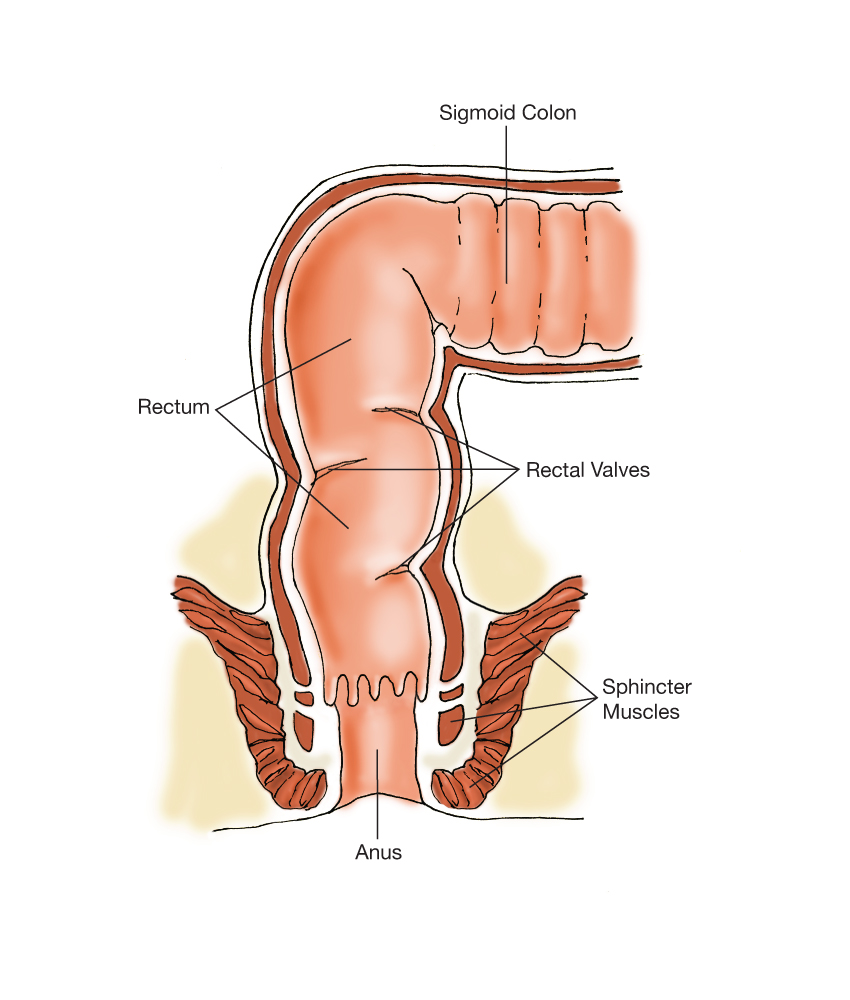
The Latest and greatest treatments for IBD: What to believe
What’s the best IBD medicine for me? Confusion on television and in your inbox....
See moresign up for our newsletter
SubscribeThis is not a topic you ever thought you'd want to know about, right? But Crohn's disease and ulcerative colitis (UC) can cause sores and problems in the rectum and lower colon. In some adults, UC can just be in the rectum or the area just above it, called the sigmoid colon (because of the S-shaped curve). And sores or disease there can be particularly bothersome.
The diarrhea and bleeding that comes from those sores often don't respond to pills and routine oral medicines. Sometimes, they need direct applications—what we would call topical medicines. They have to be inserted into the rectum:

You may be familiar with these, when they are used to get rid of constipation. But the type we are talking about here are the ones that are used to deliver medicines to the rectum and lower colon (another name for the large intestine).
The medicines these rectal treatments usually deliver are:
Because most patients don't like to use these, they are usually limited to short periods for daily use and then gradually reduced.
This article, as well as all others, was reviewed and edited by a member of our Medical Advisory Board.
Subscribe Be the first to know